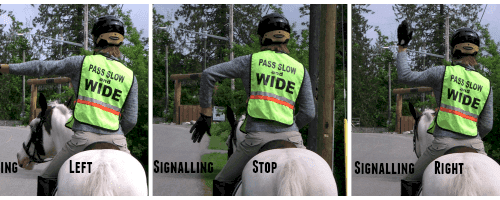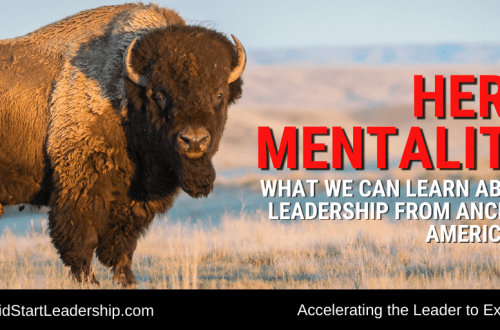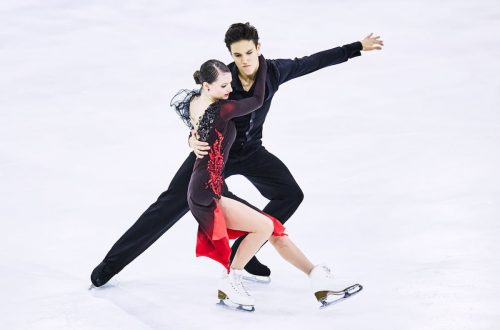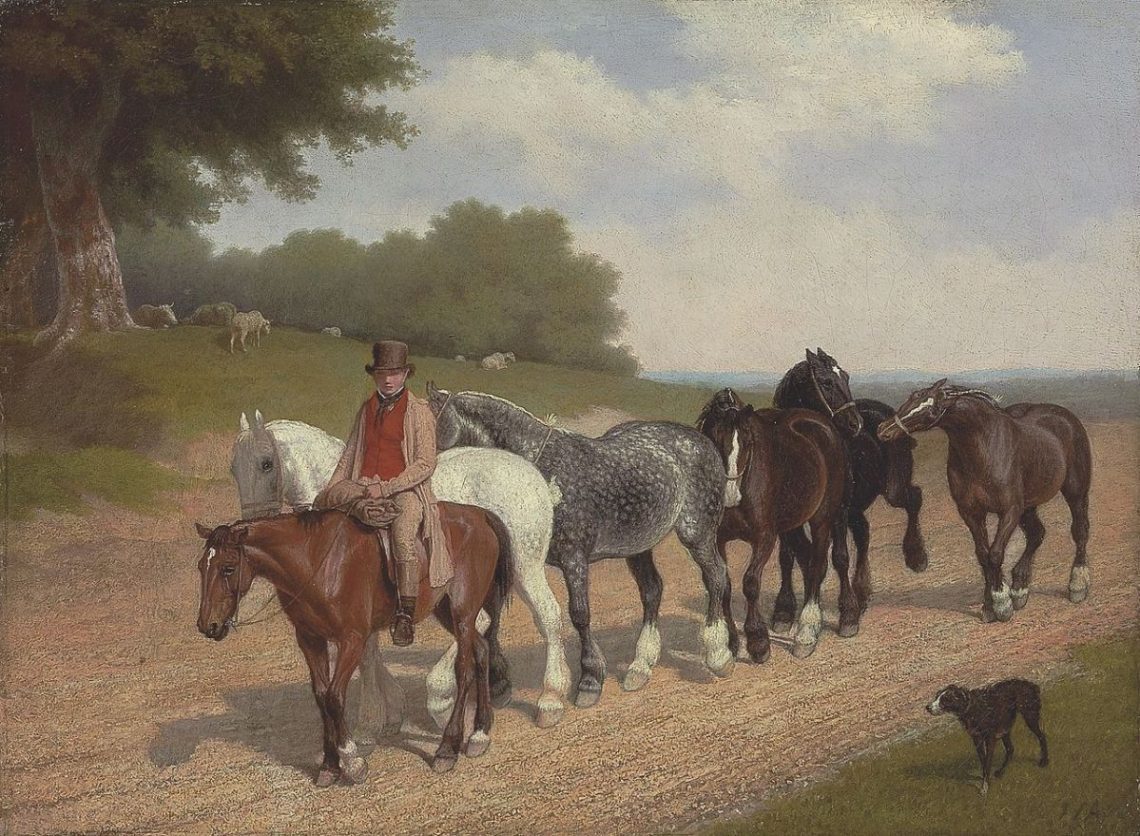
Working with a horse on the ground – without respect there is no cooperation
Working with a horse on the ground – without respect there is no cooperation
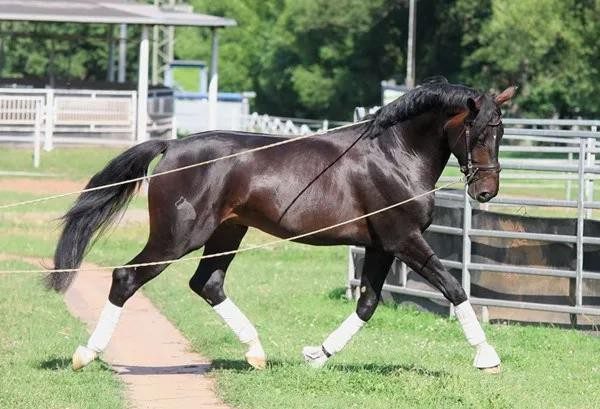
Sometimes riders believe that it is enough to teach horses movements and elements, or jump to certain heights. They do not take into account that a young horse cannot become consistently successful and be able to constantly improve his level of training without respect for the person and self-confidence. These qualities are indispensable prerequisites for building a harmonious partnership in a rider-horse pair.
There is no doubt that horses are stronger than us, as well as that horses are very shy animals, and therefore they can create serious problems not only in stressful situations (at competitions), but also in everyday work, in keeping. Manifestations of “bad” horse behavior surround us everywhere: horses drag riders around the arena, do not stand still when they sit in the saddle, shine, beat, bite … And the most important thing is that the main problem here is not what kind of behavior we annoying, but that too many horses don’t learn to respect the rider as their leader. At the same time, only being in a leading position, the rider will be able to achieve fruitful cooperation from the horse. And it is necessary to take this position at the very early stage of communication with the horse. Fairness and clarity in the relationship is the key to working with a contented and happy horse.
The harmonious partnership we strive for begins with the work on the ground, before we take the young horse under the saddle. If the horse obeys us from the ground, then we can continue to work with him in a calm environment – the horse will learn to trust us and follow us just as in nature he follows the main mare in the herd.
Below we describe how respect can be established from the very beginning and how this will help the horse build self-confidence, a quality that is essential for success in competition.
Step 1 Earn Respect
There is no magic here. Horses do not need to be cursed. To win the horse’s respect, first of all, systematic training is required, which, however, must be carried out without coercion, violence and unfair treatment. Your main goal should be to become a leader, to prove to the horse that by working with you, he will be safe. This is how she will believe in you and in everything that surrounds her during her work. horse consciousаno, you have the right to determine its speed and direction of movement.
You will have to act using special body language and repeating short voice commands. Horses tend to learn quickly. Once you’ve shown them something new (assuming you’ve been on time and praised the animal), you’ll need about three repetitions to ensure the desired behavior is shown.
And here I want to make a comment about the use of voice. In nature, horses communicate silently. We use vocal signals, however, in stressful situations, the horse will pay less attention to them. attention than to our body language.
Basic work. Work from the ground begins with teaching the horse to stop, move forward and backward. If the horse is young, untrained, then in work we most often use the Dually Training Halter, developed by Monty Roberts.
It works thanks to nose pressure that can be quickly built up and quickly removed or released as needed.
A heavy lead is attached to the halter, which should lie comfortably in the hand. Be sure to wear gloves – so if the horse plays along, the lead, slipping out of your palms, will not burn your hand.
We prefer to work with a three-meter lead (as opposed to a regular two-meter) because it increases the chance of holding a horse trying to break free.
Some horses are easier to handle with a signaling whip in hand, but before using it, you need to teach the horse without fear. perceive touches on her body. If the horse is not leading well yourself in hand, take a whip – it can come in handy if the horse tries to pull forward or backward.
We start working on the first exercises in a small safe barrel, but later you can work anywhere. It is important for us to create a “relaxing zone” in the middle of the round barrel where we allow the horse to rest after the exercise. Here she receives praise and strokes and soon learns that this is the place where she can relax.
Forward movement. Pull the lead lightly and combine this action with a voice command. I use “smack”. Horses usually pick up on this very quickly, and soon a “smack” (or other signal) is all you need to ask the horse to step forward.
There are several positions in which a leader can be. We prefer (especially with stallions) to have the horse’s head at shoulder height. We walk in a relaxed manner, maintaining this position while maintaining a certain personal space between us. Horses are not allowed to touch us, let alone push us.
If the horse is pulling, the typical human reaction is to pull back. To stop it either put the Dually Training halter on the horse, or attach the lead to the opposite ring of the halter and pass it through the nose. This is not about using force, but about clarifying the meaning of the signals you give. Each time the horse tries to pull forward, give a short but firm signal with the lead and expose the end of the whip in front of his nose. Praise the horse if it fast will react.
If the horse reins, hold the whip in your left hand and point it at the horse’s hindquarters. This is usually enough for the horse to go ahead and catch up with you. If not, you can lightly shade the horse from behind to get the desired effect. Repeat this until the horse understands that you don’t want him to stay too far behind you.
Stop. A very important skill to teach a young horse is how to respond to the pressure of a lead on its nose. The horse must learn to yield to him. If we want to stop the horse, we give a short lead with a lead and combine it with a short but clear voice command. I use the word “oops”. As soon as the horse responds to this combined command, the pressure from the halter must stop and the horse must be rewarded. Some horses (especially sensitive, “electric”) pick up signals quickly and you will soon be able to give very subtle commands. Others will only respond to your voice command. Some of the more phlegmatic types do not immediately respond to the lead signal, so you will have to give several small but clear signals in a row. If the horse continues to ignore me, I amplify the signal by placing the tip of the whip in front of the horse’s nose.
backward movement. As soon as the horse learns to stop, start teaching him to move backwards. To do this, you need a pole lying on one side of the horse (so it cannot evade you). Stand in front of the horse and take the lead in your left hand where the carabiner is attached to the halter. The shorter you hold the lead, the more the horse’s nose senses the signals being sent.
Hold the lead in the loop with your right hand. The horse already knows that nose pressure means yielding. It is important that the signals given through the lead are short but repetitive. If the horse does not respond, use the tip of the whip by tapping gently on the horse’s shoulder. In the end, you will need short signals, pressing the halter on the nose of the horse to encourage him to move back in a calm rhythm.
Immediately after the horse’s last step back, you will need to signal him to move forward again (ask him to take one step forward). With some horses you may need to pause and relax for a couple of moments after the last step back, but the horse should always be ready to go forward at any time.
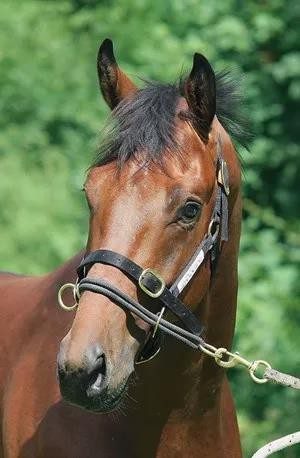
Emmerson, a three-year-old Dutch Warmblood stallion wearing a Dually halter, with which he is trained to yield to nose pressure.
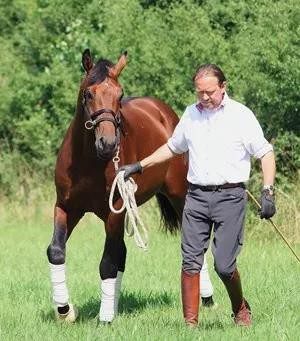
I teach Emmerson to walk forward, turn around and stop, using my shoulders to indicate the direction we need to go.

To encourage the horse to move backwards, I use short, repetitive nose pressure and sometimes a whip on the horse’s shoulder. I yield when the horse answers correctly.
Step 2. Increasing the horse’s self-confidence with work on the reins
Once the young horse has become familiar with the voice commands, learns to walk forward and stop, we begin to longe it in a round barrel. First we use one line, then two, so that she gets used to moving when the rope is on her hindquarters. This is a necessary preparation for work on the reins.
A warning: You will need an assistant. We have extensive experience in lunging and reins, so we can do it ourselves.
Working on the lunge and reins frees the horse from close proximity to its leader and allows it to explore its environment almost on its own. Rein work develops and strengthens the young horse’s self-confidence and strengthens his faith in his trainer/prospective rider who now walks behind him. With more advanced horses this becomes a way to diversify training between sessions in the arena.
What do you need? We use a simple “snot” bridle with a snaffle with oval rings or barbels. The “snot” and whiskers help stabilize the snaffle in the horse’s mouth so it doesn’t bother him.
We prefer round soft reins, and rarely use flat ones with bridges. The reins are attached to the snaffle rings. We also always wear gloves.
We use the same voice commands that we used before. In fact, the reins replace the rider’s leg and, together with voice commands, encourage the horse to move in a given direction and at a given speed.
We don’t use a lead when we’re on the reins, it gives the horse more freedom of movement. We can touch the horse where we need to, it is a more sensitive work than when the reins are fixed on the edge.
First exercises. When we use the reins for the first time, we usually start in the barrel or on the lunge, but we can also do it in the arena. We use all the commands that the horse has already learned from previous work in the hands.
Day after day we explore the surrounding area. So, we can go to the nearest field or to the edge of the forest. If you notice that your horse is getting more confident while working in new areas, diversify your lessons with new tasks – step through puddles, step over logs, walk, trot, or even jump over poles lying on the ground. Never forget to quickly praise your horse after learning a new task.
The more a horse believes in you and believes in himself, the more diverse tasks you can set for him. We can ask the young to walk past the grazing herd on the reins, or to work next to each other. We can ask the horses to go through the stream that we have on our property. After a rainstorm, a lake forms on our field, and the horses trot there on the reins, getting used to the fact that water splashes on their legs and stomach.
Take everything slowly, without asking for a second step before the first. Then your horse will develop positive self-confidence. In the future, this will help her cope with similar obstacles under the saddle.
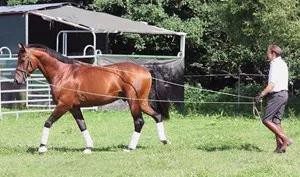
Emmerson is learning the basics of rein work.
The horse must be prepared for the unexpected, for example, to the water crossing.
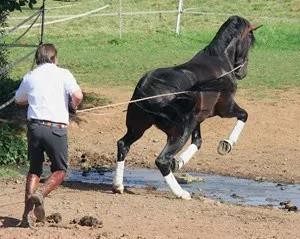
And here comes the victory!
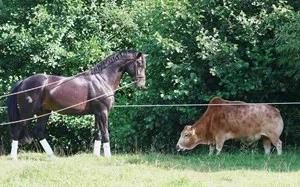
Why not learn to walk past a cow?
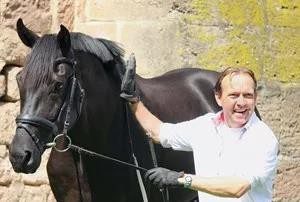
Never forget the reward!
Step 3: Desensitize: Prepare Your Horse for the Unknown
Some riders think that working on a focused horse is only possible when you have shielded it as much as possible from environmental influences. Yes, the horse can be overly sensitive (for whatever reason), and therefore it is desirable to work in a calmer environment initially. But in general, we firmly believe that horses should not be hidden behind the walls of an indoor arena with a library atmosphere. Competitions are always noise, unusual objects and surprises that can distract your horse if he has not seen anything like it at home. This is especially important if we are dealing with stallions.
So part of our home training is to desensitize horses to the many different noises and visuals that can affect them where they are most undesirable – on the battlefield. Of course, we cannot completely imitate the atmosphere of the competition and predict what will be expected of us. But the more different objects we show the horse, the more we learn about his reaction, and this gives us a chance to react correctly. Based on these considerations, we prepare stallions for work in the presence of mares step by step (пwarning: ask for someone to help you in the course of such work. The horse must be in advance trained to respect and trust you).
The easiest way to desensitize is to keep horses out of the stable as often and for as long as possible, because the walls of the stall are too far from the outside world. Regular walks in nature will also help you. Only in this way will the horse learn not to panic if the bird suddenly flutters out from under its feet. Working outdoors in all weather prepares the horse for the possibility of competing in the rain or in more difficult conditions.
You must have a strong influence on your horse, especially in situations where he is frightened. “Strong” does not mean cruel! The rider does not need to stick spurs into the horse’s flanks and scold him loudly, forcing him to pass the “scary” object. In practice, this behavior only increases the horse’s desire to instinctively run away and makes the “horse eaters” even more scary. Horses remember the picture and next time they will associate the “horse eater” with pain from spurs or a whip.
If your horse encounters a horse eater, react as follows:
Typical objects that can frighten a young, inexperienced horse in a competition are flags waving in the wind, umbrellas opening, dogs running and barking, crowds of people clapping loudly, or music. Fortunately, these things can be easily included in the desensitization process at home. All you need is a pair of helping hands to hold your horse as you mount. The advantage is that in this case you are aware of the fact that your horse may get scared, jump to the side or back a couple of steps as a first reaction. Don’t rush, work step by step.
Don’t give your horse more than one intimidating “task” per lesson. Switch to another item next time. Then, on another day, return to the first object to confirm the horse’s positive reaction. If he ignores the object that once bothered him, great, but don’t forget to repeat the check – the horse should stop showing even minor reactions.
There are horses that need regular repetition of lessons for a fairly long period. The rarest horses are not trainable. The main thing is that you and your horse can build a relationship based on trust and respect for each other. Only then will the horse not try to run away in case of panic.
Desensitization is just a way to reinforce that respect and belief and see if it’s strong enough or needs more work.

Once your horse is familiar with several different objects and doesn’t panic at the sight of them, you can try working on an “obstacle course” which involves several objects following each other. You can ride the strip or lead the horse in your hands, but the motto should be the same: “make the path even more difficult.” This over-stimulation will harden your horse and, taken step by step, your path will be of great help to you in competition.

It is also useful to take a horse to races just to work in the right atmosphere. You will be able to see how the horse reacts to certain objects, and determine if he needs additional home training, or if you can participate in races with a clear conscience.
Knowing that the future of a young horse will take place in the sports arena, you need to try to create a proper “foundation” for it from the ground. This work will help you and your horse at the first competition outside the home walls. The horse will know that everything new that comes before him is not dangerous, because you, as a leader, are next to him.
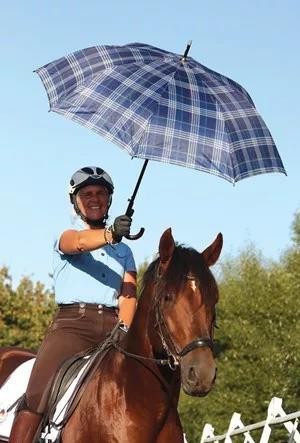
Stefan Schneider (source); translation by Valeria Smirnova.



